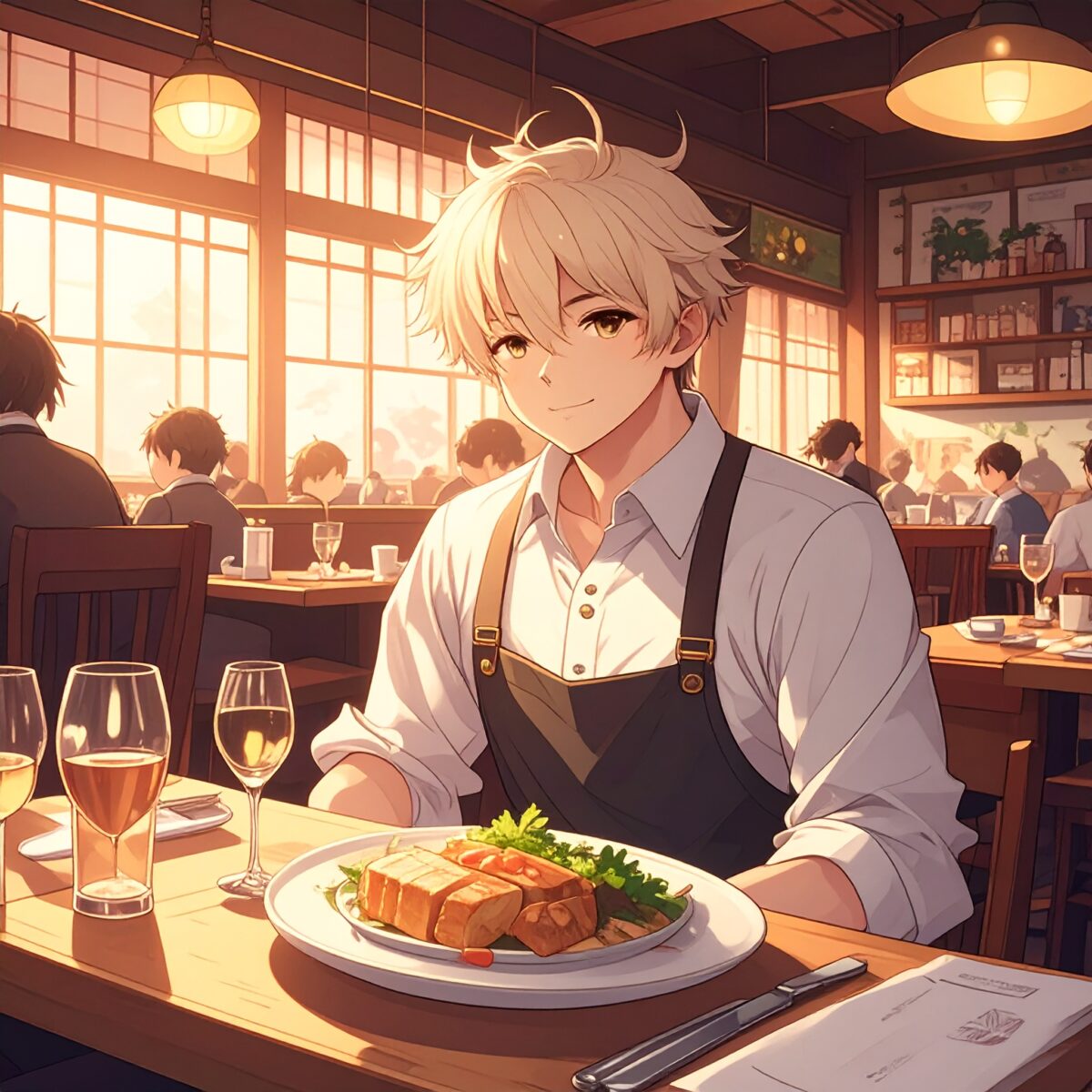When you open a menu at many Japanese eateries, you might find it’s more than photos and text—it can feel like a storybook or manga brought to life. Dishes are described through playful illustrations and narrative, turning each page into a mini-adventure. It’s not just about ordering; it’s about entering a culinary tale where the meal becomes part of the story.
This “picture-book menu” style is uniquely Japanese, emphasizing the idea of “tasting with the eyes first.” Instead of realistic food photos, menus may feature characters, personified dishes, and hand-drawn step-by-step visuals. Want ramen? You might meet “Tonkotsu Prince” and follow his journey through broth, noodles, and chef’s craftsmanship—all told with humor and charm. As you explore each page, you feel the world behind the dish come alive.
Originally common in family-friendly and tourist venues, this trend has spread to cafés and regional restaurants too. With intuitive visuals, it appeals across languages and cultures—making ordering easier and more fun. Picture-book menus do more than inform—they captivate and linger in memory, offering a delightful experience that’s uniquely Japanese.
Behind this phenomenon lies Japan’s deep-rooted manga culture, admired around the world. From childhood to adulthood, Japanese people grow up accustomed to “reading through visuals.” They naturally develop the ability to absorb information through illustrations and stories. As a result, reading a menu becomes more than a way to choose food—it becomes a pre-meal experience in itself.
These picture-book menus also express the personality of the owner and the atmosphere of the establishment. With hand-drawn lettering and whimsical sketches, the menu feels warm and personal, creating an immediate sense of closeness between the diner and the restaurant. Before the first dish is even served, the menu has already sparked a feeling of connection—sometimes making customers fall in love with the place at first glance.
In Japan, food is not just tasted with the mouth—it is first experienced with the eyes, and received with the heart. That philosophy is naturally woven into these storybook menus. For many, the reason they feel at ease or even smile when walking into a new restaurant lies in the small, illustrated tales waiting inside. This ability to turn dining information into a form of entertainment reflects a distinctly Japanese sensibility—a cultural flavor all its own.




